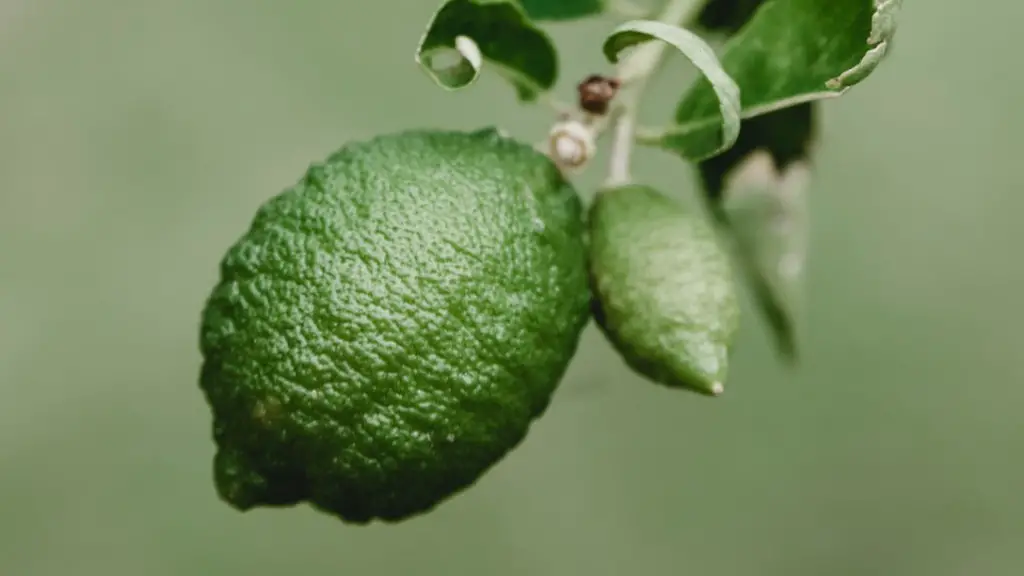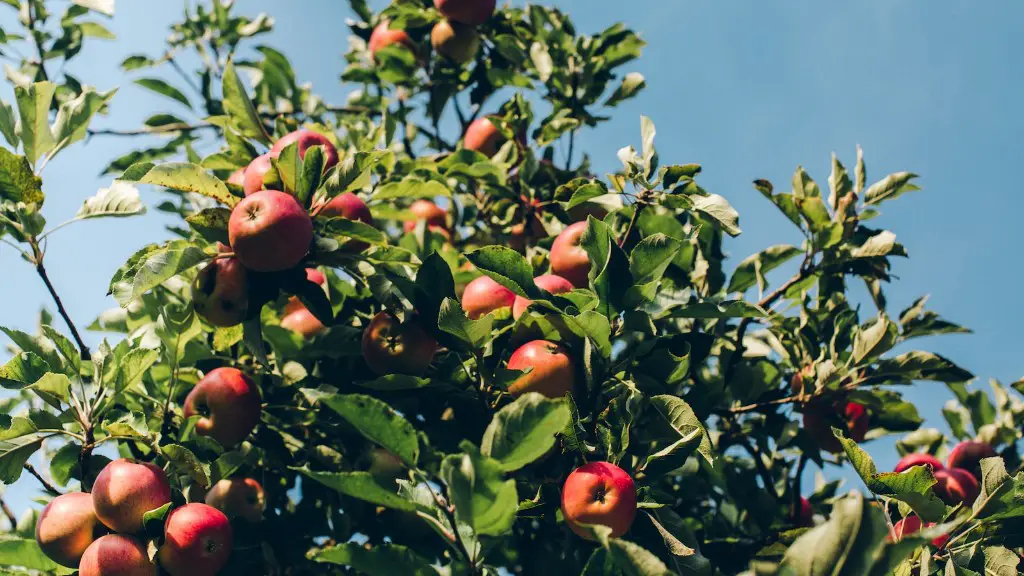What Does a Dying Palm Tree Look Like?
Palm trees are renowned for their graceful silhouette, swaying in the breeze as they gracefully bear a carpet of fronds. However, when not taken care of properly, palm trees can decline, showing signs of being in a slow dying process.
The first sign of an unhealthy palm tree is the extinction of new leaves emerging from the tree’s center, known as the heart. This is an indication that nutrients aren’t reaching the lower parts of the tree due to problems with the roots. If you look closer, you’ll probably notice yellowing, wilting foliage and signs of browning, with old leaves dropping off before new ones will form.
In some cases, the dying process can be hard to spot as the decline is gradual at first. It’s important to keep your palms well watered and consult with a qualified arborist or certified arborist if you notice anything out of the ordinary with your palm tree.
It is not uncommon for a weakened, dying palm tree to contract a variety of ailments. Common illnesses that can damage the health of a tree, include pest infestations, such as mealybugs or scale insects, or serious diseases like Ganoderma butt rot. If these conditions are allowed to worsen, they can interfere with a palm tree’s vascular system or leave it vulnerable to fungal damage.
In some cases, the decline of a once vibrant palm tree is caused by over-watering which has the effect of rotting the plant’s roots. This can cause yellowing of palm fronds, as well as necrosis, or the death of cells in a localized area of the leaves.
In other cases, a fungus such as Botryosphaeria fungus, can cause a palm tree to become weak and discolored and eventually die. Drought-like conditions can also cause a palm tree to suffer from dehydration, leading to premature yellowing, drooping, and death.
Spotted leaf diseases, like ‘phoenix rosette,’ is a fungal infection that can cause a pale yellow-red spots on the palm leaves. These spots will eventually turn brown and begin to fall off the palm frond, ultimately leading to death.
Identifiable symptoms of a dying palm tree can also include the appearance of white resin spots. Often called ‘burnspots,’ these spots are a secretion from some of the insects found on the tree. If the tree is unable to defend itself, it will eventually succumb to the pests.
In a few cases, the conditions can be treated and the palm tree saved; however in many cases, a declining palm tree cannot be saved and will eventually pass away.
Spotting a Sick Palm Tree
Young palm trees are particularly susceptible to disease and should be monitored continuously. Some of the early warning signs to watch for include browning and wilting of the fronds, yellowing or discoloration, premature frond dropping and weak growth. Also, the soil at thebase of the tree should be checked regularly to ensure that the roots have enough water and nutrients to survive.
Cleanliness is also key to maintaining healthy palm trees. Pests such as spider mites, mealy bugs and scale insects, should be removed as soon as possible to prevent damage to the tree. This is often done by trimming the damaged fronds or spraying the palm tree with a pesticide.
Regular fertilizations with the right type of fertilizer can help keep a palm tree healthy by supplying it with the minerals and nutrients it needs for strong roots and unblemished fronds. An appropriately timed fertilization schedule ensures that the palm tree will remain well-nourished during hot and cold seasons.
Monitoring the growth of your palm tree will also help you identify any abnormalities or changes that might indicate a health issue. If any of the above signs are present, contact a certified arborist who will diagnose the problem and advise you on the best course of action.
It’s important to remember that healthy trees take many years to establish themselves. If a tree is not taken care of properly, it can quickly become sick and eventually die.
The Importance of Early Detection
The earlier an unhealthy palm tree is identified, the quicker and more effective a solution can be found. Early signs of disease or pests should not be overlooked and should be reported to an arborist as soon as possible. It’s also important to note that some pests and diseases can spread to nearby trees if not treated in time.
For the health of your palm tree and its surrounding environment, it’s important to monitor the health of your tree closely, and take the necessary prevention steps to ensure that it’s not exposed to poor conditions. If you suspect a problem with your palm tree, an arborist may be able to help develop a plan to treat and protect it.
It can be a difficult process to save a dying palm tree, and in some cases, an arborist may recommend removing the tree altogether. This can be a hard yet necessary decision to protect nearby plants and trees.
Prevention is key
Being proactive is essentially the best way to keep a palm tree healthy. Regular watering and applying appropriate pest control measures can go a long way in preventing health issues from arising. Additionally, it’s ideal to have a regular checkup from a qualified arborist if you can.
It is also important to create and maintain an ideal environment for the palm trees. Mulch, fertilizers and salts in the soil can create an imbalance, making the palm more susceptible to risks like disease or pests. Additionally, pests and disease can be spread from one tree to another via wind, and it’s therefore necessary to check the health of surrounding trees.
Other environmental factors like pollution can also have an impact on the health of your palm tree; if trees and grass in the neighborhood show signs of distress, it may be a good idea to research the cause. Ignoring the signs of a sick palm tree can cause irreparable damage to its health—and that of surrounding plants and trees.
Rehabilitating a Sick Palm Tree
If you already have a palm tree that is not in good health, the best first step is a visit from a certified arborist. They’ll be able to assess the tree’s condition, diagnose the cause of its issues and recommend the best course of action for rehabilitation.
A few of these strategies may include trimming off infected fronds, introducing fertilizer, or dealing with the insects, fungi or other pests. Depending on the condition of the tree, it may be necessary to water the tree with a high-grade systemic fungicide, or to amend the soil as well.
It can also be important to pay attention to the climate and whether or not a palm tree is in a suitable environment. If a tree has been planted in an area with too much sun or too little water, it may be best to consider moving it to a shaded location with access to proper water.
Trimming a Dying Palm Tree
Trimming is generally one of the last things an arborist will suggest for a sick palm tree. This is because trimming a declining palm tree could be disastrous as it can worsen the condition of the tree. As such, it’s important to consult a certified arborist before attempting any trimming or pruning.
If trimming is deemed necessary, the dying palm should be trimmed with the help of a specialized pruning saw. Specialty pruning saws are designed to cut through the wood and nutrients of a palm tree without damaging its vascular system. If a saw isn’t available, an electric hedge trimmer or shear will also suffice; however, they should be used with care.
Depending on the condition of the palm tree, additional measures may need to be taken to help ensure that it stays healthy. This can include using fertilizers specially formulated for the type of palm, or it may require careful application of a prescriptive fungicide.
Helping a Dying Palm Tree Find its Way to Recovery
Although it can be difficult to save a dying palm tree, there are a few tips that can make the rehabilitation process that much easier. Making sure your palm tree has been properly watered is key for maintaining its health, as this will ensure that the roots have sufficient nutrients to feed the rest of the tree.
If a serious disease or infestation arises, an action plan should be drawn up as soon as possible. This plan should include the use of fungicides and insecticides to help remedy the problem. Finally, regular monitoring by a certified arborist can help identify any changes that indicate an unhealthy palm tree and help avoid the need for more intensive rehabilition.
It can often be a long and arduous process to save a dying palm tree, but with diligent monitoring and prompt action, it can lead to positive results. It will also prevent future problems that could arise from even more serious diseases.



